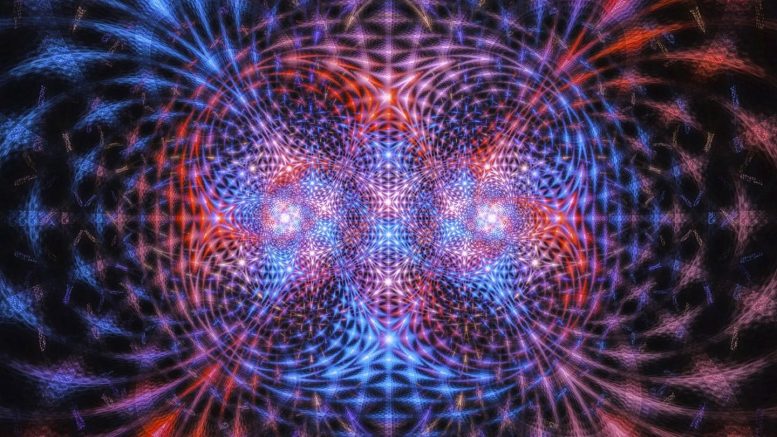
Nationwide effort to build quantum networks and usher in new era of communications. Credit: Image by UChicago
In a press conference at the University of Chicago, the U.S. Department of Energy (DOE) unveiled a report that lays out a blueprint strategy for the development of a national quantum internet, bringing the United States to the forefront of the global quantum race and ushering in a new era of communications. This report provides a pathway to ensure the development of the National Quantum Initiative Act, which was signed into law by President Trump in December 2018.
Around the world, consensus is building that a system to communicate using quantum mechanics represents one of the most important technological frontiers of the 21st century. Scientists now believe that the construction of a prototype will be within reach over the next decade.
In February of this year, DOE National Laboratories, universities, and industry met in New York City to develop the blueprint strategy of a national quantum internet, laying out the essential research to be accomplished, describing the engineering and design barriers and setting near-term goals.
“The Department of Energy is proud to play an instrumental role in the development of the national quantum internet,” said U.S. Secretary of Energy Dan Brouillette. “By constructing this new and emerging technology, the United States continues with its commitment to maintain and expand our quantum capabilities.”
DOE’s 17 National Laboratories will serve as the backbone of the coming quantum internet, which will rely on the laws of quantum mechanics to control and transmit information more securely than ever before. Currently in its initial stages of development, the quantum internet could become a secure communications network and have a profound impact on areas critical to science, industry and national security.
Crucial steps toward building such an internet are already underway in the Chicago region, which has become one of the leading global hubs for quantum research. In February of this year, scientists from DOE’s Argonne National Laboratory in Lemont, Illinois, and the University of Chicago entangled photons across a 52-mile “quantum loop” in the Chicago suburbs, successfully establishing one of the longest land-based quantum networks in the nation. That network will soon be connected to DOE’s Fermilab in Batavia, Illinois, establishing a three-node, 80-mile test bed.
“The combined intellectual and technological leadership of the University of Chicago, Argonne, and Fermilab has given Chicago a central role in the global competition to develop quantum information technologies,” said Robert J. Zimmer, president of the University of Chicago. “This work entails defining and building entirely new fields of study, and with them, new frontiers for technological applications that can improve the quality of life for many around the world and support the long-term competitiveness of our city, state, and nation.”
“Argonne, Fermilab, and the University of Chicago have a long history of working together to accelerate technology that drives U.S. prosperity and security,” said Argonne Director Paul Kearns. “We continue that tradition by tackling the challenges of establishing a national quantum internet, expanding our collaboration to tap into the vast power of American scientists and engineers around the country.”
“Decades from now, when we look back to the beginnings of the quantum internet, we’ll be able to say that the original nexus points were here in Chicago — at Fermilab, Argonne, and the University of Chicago,” said Nigel Lockyer, director of Fermilab. “As part of an existing scientific ecosystem, the DOE National Laboratories are in the best position to facilitate this integration.”
A range of unique abilities
One of the hallmarks of quantum transmissions is that they are exceedingly difficult to eavesdrop on as information passes between locations. Scientists plan to use that trait to make virtually unhackable networks. Early adopters could include industries such as banking and health services, with applications for national security and aircraft communications. Eventually, the use of quantum networking technology in mobile phones could have broad impacts on the lives of individuals around the world.
Scientists are also exploring how the quantum internet could expedite the exchange of vast amounts of data. If the components can be combined and scaled, society may be at the cusp of a breakthrough in data communication, according to the report.
Finally, creating networks of ultra-sensitive quantum sensors could allow engineers to better monitor and predict earthquakes — a longtime and elusive goal — or to search for underground deposits of oil, gas, or minerals. Such sensors could also have applications in health care and imaging.
A multi-lab, multi-institution effort
Creating a full-fledged prototype of a quantum internet will require intense coordination among U.S. Federal agencies — including DOE, the National Science Foundation, the Department of Defense, the National Institute for Standards and Technology, the National Security Agency, and NASA — along with National Laboratories, academic institutions, and industry.
The report lays out crucial research objectives, including building and then integrating quantum networking devices, perpetuating and routing quantum information, and correcting errors. Then, to put the nationwide network into place, there are four key milestones: Verify secure quantum protocols over existing fiber networks, send entangled information across campuses or cities, expand the networks between cities and finally expand between states, using quantum “repeaters” to amplify signals.
“The foundation of quantum networks rests on our ability to precisely synthesize and manipulate matter at the atomic scale, including the control of single photons,” said David Awschalom, Liew Family Professor in Molecular Engineering at the University of Chicago’s Pritzker School of Molecular Engineering, senior scientist at Argonne National Laboratory, and director of the Chicago Quantum Exchange. “Our National Laboratories house world-class facilities to image materials with subatomic resolution and state-of-the-art supercomputers to model their behavior. These powerful resources are critical to accelerating progress in quantum information science and engineering, and to leading this rapidly evolving field in collaboration with academic and corporate partners.”
“In addition to our collaboration with the University of Chicago, Fermilab is working with Argonne, Caltech, Northwestern University and tech startups to develop the architecture and gradually deploy and connect quantum communication nodes across the city of Chicago. Before long, with this second group of collaborators, we’ll be teleporting data across a metropolitan network,” said Panagiotis Spentzouris, head of quantum programs at Fermilab. “This blueprint is important for telling us how we build this out nationwide.”
References:
“From Long-distance Entanglement to Building a Nationwide Quantum Internet: Report of the DOE Quantum Internet Blueprint Workshop” by Brookhaven National Lab.
DOI: 10.2172/1638794
H.R.6227 – National Quantum Initiative Act
Other National Laboratories are also driving advances in quantum networking and related technologies. For example, Stony Brook University and Brookhaven National Laboratory, working with the DOE’s Energy Sciences Network headquartered at Lawrence Berkeley National Laboratory, have established an 80-mile quantum network test bed and are actively expanding it in New York State and at Oak Ridge and Los Alamos National Laboratories. Other research groups are focused on developing a quantum cryptography system with highly secured information.
Argonne National Laboratory seeks solutions to pressing national problems in science and technology. The nation’s first national laboratory, Argonne conducts leading-edge basic and applied scientific research in virtually every scientific discipline. Argonne researchers work closely with researchers from hundreds of companies, universities, and federal, state and municipal agencies to help them solve their specific problems, advance America’s scientific leadership and prepare the nation for a better future. With employees from more than 60 nations, Argonne is managed by UChicago Argonne, LLC for the U.S. Department of Energy’s Office of Science.
The U.S. Department of Energy’s Office of Science is the single largest supporter of basic research in the physical sciences in the United States and is working to address some of the most pressing challenges of our time.

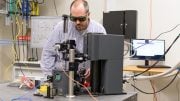
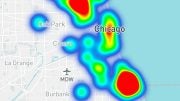
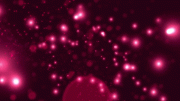
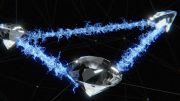
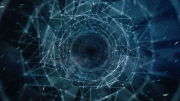
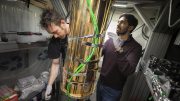

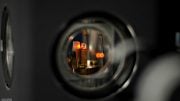
Please be aware that quantum mechanics itself is completely wrong, not to mention its ridiculous conclusion: quantum entanglement which is claimed to be a phenomenon that entangled particles are connected instantly no matter how far they are.
The fatal error of quantum mechanics is that it assumes that the “vacuum” is empty and the wave behaviour of a particle is caused the intrinsic property of the particle itself. But the reality is that the so called vacuum is filled up with aether – a fluid medium of light and the wave behavior of a particle is the result of the interaction between the particle and aether. The existence of aether is denied by Einstein’s special relativity which now has been completely disproved both theoretically and experimentally. Special relativity tells us that time is relative and thus simultaneity of events can only be held relative to one inertial reference frame i.e. clocks can be synchronized relative to only one inertial reference frame no matter how you correct them, but all the clocks on the GPS satellites after correction are synchronized not only relative to the earth reference frame but also relative to each other, that is, the real physical time is absolute, not relative. See https://www.researchgate.net/publication/297527784_Challenge_to_the_Special_Theory_of_Relativity for more detail proofs. The disproof of special relativity directly leads to the existence of aether, only relative to which, the speed of light is isotropic, just like the speed of sound which is isotropic only relative to the reference frame moving with local air.
As there is no quantum entanglement in nature at all, all so-called quantum encryption technologies are just hoaxes.
Xinhang Shen What you are saying is poopoo. Aether only exists now in 1950 scifi movies. Also FYI there are no canals on Mars and the moon is not made of cheese.
Aether is woodoo, no one proved the existence in spite of existing…?
See: Einstein about the existence of Ether – a fact missing in the contemporary Physics textbooks
Any more use of oil is ecocide. We have little to no time left to reverse the current total planetary ecological collapse happening now due to oil pollution.